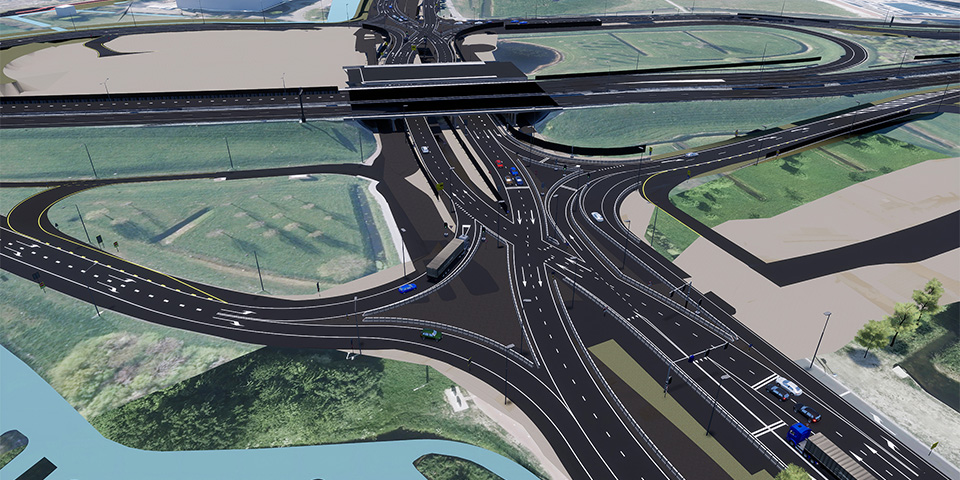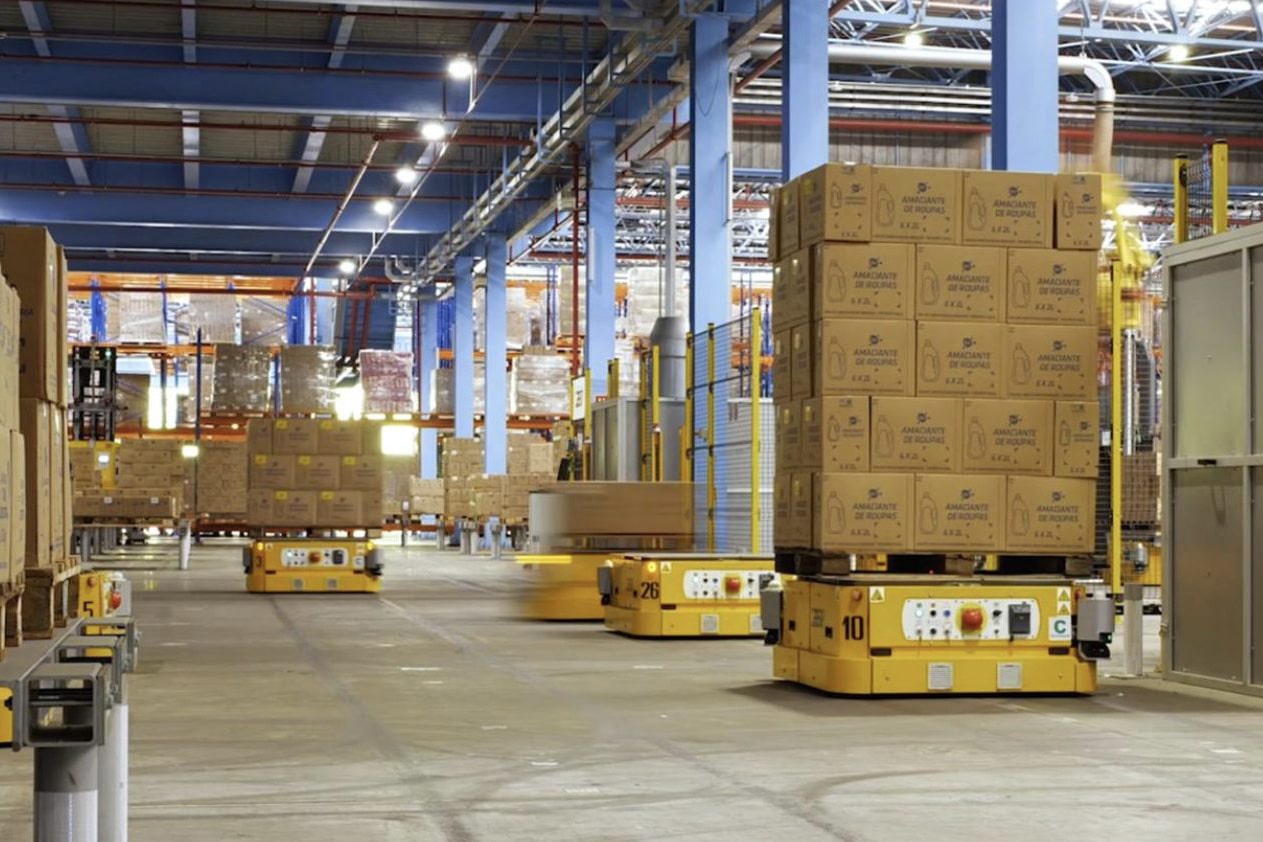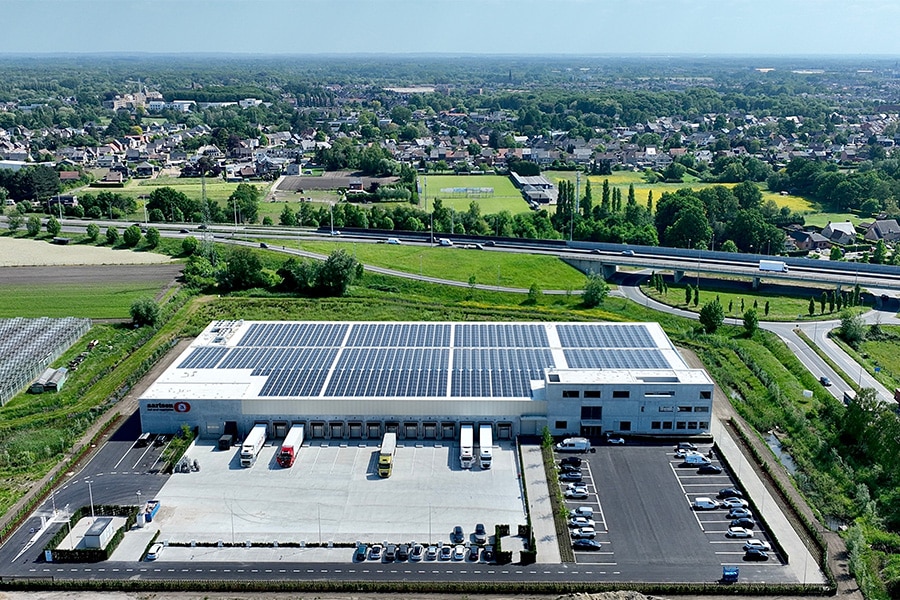
Braided diamond connection pre-tested virtually
To improve traffic flow on the N206 during the work on the RijnlandRoute, the traffic situation at the Leiden-West junction has changed since May 27. Construction consortium COMOL5 has used the so-called "braided diamond connection" for this purpose. In the United States this traffic solution has been known for some time, in the Netherlands this is the first time it has been applied.
For a period of 2.5 years in this situation, traffic will travel a short distance on the left side of the road, where it will be properly directed thanks to traffic lights, lines, traffic signs, barriers and visibility screens between the lanes. Fewer intersections will take place, traffic can continue to flow safely and well during the work on the RijnlandRoute. The A44 will remain open during the work.
Commit to maximum security
In theory, the braided diamond connection should work just fine. To be on the safe side, they enlisted the help of Soltegro. The assignment was, "Create a simulation of the intended braided diamond connection that is supportive of the decision-making process." We speak with Soltegro employees Franc Fouchier, manager systems engineering & innovation and Alexander van der Kolk, technical innovation lead, about this particular simulation and its results.

The braided diamond connection in a nutshell.
"Estimating the situation in 2D based on the static, paper design is indeed very difficult," Fouchier opens the conversation. "Among other things, Soltegro specializes in creating 3D traffic simulations, ideal for this situation." Van der Kolk adds: "The process with the stakeholder was guided by traffic solutions manager Angelo van Turenhout. The DDI (Diverging Diamond Interchange) principle, the braided diamond connection, had to go into the simulation to demonstrate that there would actually be less disruption to traffic. Soltegro opted for a low-threshold solution, namely to adopt the road model from BIM in the 3D simulation, adding the traffic situation according to a traffic model. The traffic flow that was simulated and in which the driver could drive along was a forecast of what it would be like in 2030."
Sharp focus on what is needed
Van der Kolk: "We set up the simulation in less than 12 weeks and focused sharply on what was needed. Soltegro developed an application that uses BIM. Following the simulation, COMOL5 made improvements to the road design. All changes were eventually entered into the BIM model." To this, Fouchier adds, "Less information makes the situation clearer, and of course we took into account the laws and regulations."
The simulation was tested by "special groups. "These included a group with competent authority, police and a test group of regular road users from the immediate area.
We looked at what is right for optimal safety. The tests were conducted very realistically, in a driver's seat with three screens or with 360˚ VR glasses," Fouchier outlines. "Because of the digital demonstrability of things, failure costs are avoided at the back end, even if the points of improvement are 'side catches.' Tests have proven conclusively that everyone in the simulation automatically drives in the right direction. This temporary solution of COMOL5 has thus been virtually tested in advance."



